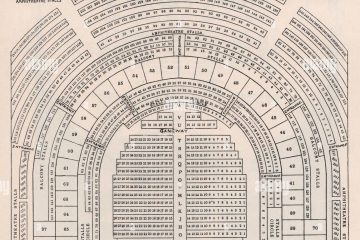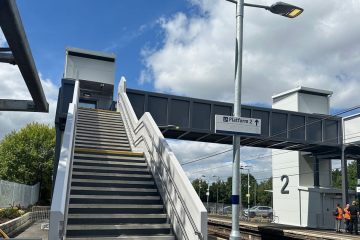Togo vs DR Congo: A Comparative Overview

Introduction
Togo and the Democratic Republic of the Congo (DR Congo) are two distinct nations situated in Africa, each with unique historical, cultural, and economic characteristics. Understanding the differences and similarities between them is essential for academics, policymakers, and anyone interested in African geopolitics and culture. This article provides insights into the two nations, focusing on geography, history, demographics, and economic factors.
Geographical and Historical Context
Togo, located in West Africa, is bordered by Ghana to the west, Benin to the east, and Burkina Faso to the north. With a coastline along the Gulf of Guinea, Togo occupies a small land area of approximately 56,785 square kilometres. It gained independence from France in 1960 and has since experienced a series of political challenges, including military regimes and electoral disputes.
In contrast, the DR Congo is situated in Central Africa and is one of the largest countries on the continent, covering over 2.34 million square kilometres. This nation has a rich history marked by colonisation, primarily by Belgium, leading to independence in 1960, followed by a long period of political instability and conflict. The diverse geography includes rainforests, savannahs, and rivers, with the Congo River being a notable feature.
Demographics and Culture
Togo has a population of approximately 8 million people, with a mix of ethnic groups, including the Ewe, Kabiye, and Tem people. French is the official language, but many local dialects are spoken, reflecting the country’s cultural diversity.
On the other hand, the DR Congo has a population exceeding 89 million, making it the fourth most populous country in Africa. It comprises over 200 ethnic groups, with Lingala, French, and Swahili as the primary languages. The culture is rich in music, art, and traditional practices, influenced by its vast range of ethnicities.
Economics and Development
Togo’s economy is relatively small and heavily reliant on agriculture, which employs a significant portion of the population. The country has focused on developing sectors such as textiles, tourism, and services to diversify its economic base, though challenges remain, including political instability and infrastructure deficits.
In contrast, the DR Congo is endowed with vast natural resources, particularly minerals such as copper, cobalt, and diamonds. However, the country’s potential for economic growth has been hindered by persistent conflict, corruption, and infrastructure issues, making it one of the poorest countries globally despite its wealth in resources.
Conclusion
In summary, Togo and the Democratic Republic of the Congo offer contrasting examples of nations grappling with their historical legacies and contemporary challenges. While Togo strives towards stability and economic growth, the DR Congo navigates the complexities of resource wealth amidst socio-political turmoil. Understanding the dynamics of these two countries is crucial for fostering engagement and development in the region, highlighting the need for a tailored approach to each nation’s unique context.









